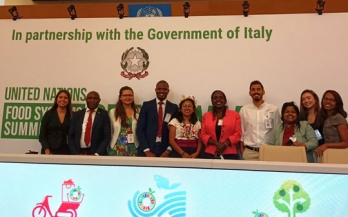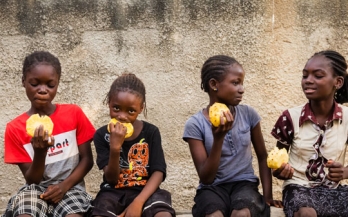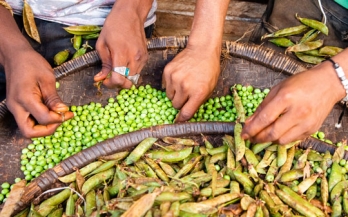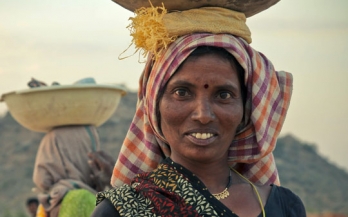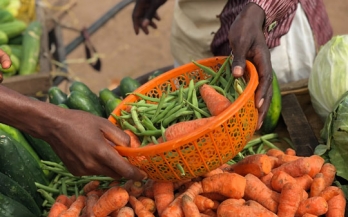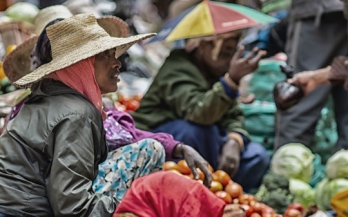Historically, workers in the tea industry may not have diets of good nutrition, resulting in high rates of anaemia and hypertension, and even increasing overweight rates. These can result in low morale, reduced concentration and increased fatigue for workers, and cause low productivity and even increased safety issues for a company.
UPDATE: Since publication the number has now risen to 100,000. Alarm bells are ringing – set by 70,000 young people and allies around the world, distressed by the state of current food systems, which are letting the planet, current, and future generations down.
Today, 42 companies have pledged a promising USD 345 million to contribute to ending global hunger as part of a new initiative led by key international organizations. The Zero Hunger Private Sector Pledge is a game-changing solution emerging from the UN Food Systems Summit (UNFSS) Action Tracks.
After a year of planning, the UN Food Systems Summit is just days away. A catalyst for an extraordinary outpouring of energy and creativity over these past 12 months - hundreds of thousands of people from governments, civil society, business, and development agencies have participated in the preparations.
This is the message in an article published in the Lancet online, where leaders from the Johns Hopkins University, the Global Alliance for Improved Nutrition (GAIN), and the Food and Agriculture Organization of the United Nations (FAO), have joined forces in expressing a strong call to action for food and health communities to work together.
Pakistan is a lower-middle-income country with a population of more than 215 million, and the 5th most-populous country in the world. At the current growth rate of 1.8%, its population is expected to increase to around 255 million by 2030. Pakistan has one of the world’s highest rates of malnutrition among women and children.
As a nation, India joins over 125 countries that have embarked on coordinating efforts for inclusive, multistakeholder Food Systems Summit Dialogues to engage around the vision of the ‘people’s summit’. All over the world, countries have been holding – and in some cases continue to hold – national and sub-national dialogues to surface and prioritise needs and actions.
Kenya has seen good progress against some malnutrition indicators, for instance in lowering rates of under-five stunting to around 26%. But this figure remains high, while hiding large variation across different population groups.
Nigeria is a vast and diverse nation, and Africa’s most populous country. While Nigeria enjoys a rich food culture increasingly recognised around the world, its food and nutrition issues remain significant. These must be overcome to achieve prosperity for all. Home to the second highest population of stunted children under five in the world, Nigeria also faces natural challenges and climate change challenges.
As a nation, Ethiopia joins over 125 countries that have embarked on coordinating efforts for inclusive, multistakeholder Food Systems Summit Dialogues to engage around the vision of the "people’s summit". All over the world, countries have been holding – and in some cases continue to hold – national and sub-national dialogues to surface and prioritise needs and actions.


